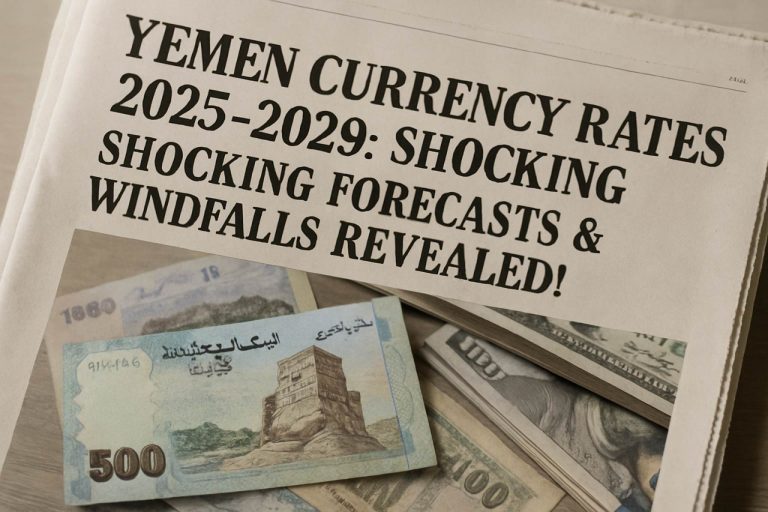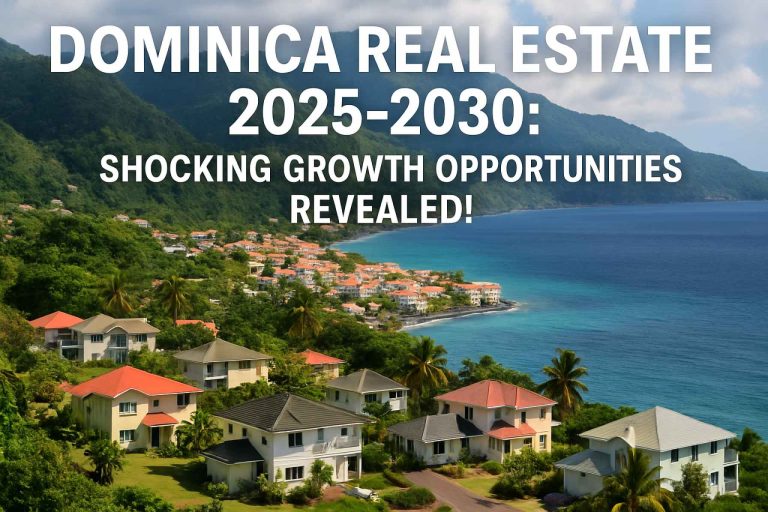
- Leonardo Silvestrini navigates Rome’s unique real estate market, balancing historic preservation with modern energy efficiency.
- Energy-efficient properties are in demand, yet new constructions in Italy’s cities face a downturn, except in Bologna, Naples, and Palermo.
- Home sales prices are rising, with Milan leading in new residence sales revenue, while Rome lags, especially in its historic areas.
- The three-room apartment remains highly sought after in Rome, with the Prati district seen as a promising area for urban renewal.
- Short-term rental markets in peripheral neighborhoods reduce long-term housing availability, driving up rental costs.
- Market dynamics, influenced by international and socio-economic factors, highlight a shift towards sustainable living.
- Rome’s buyers prefer ownership over renting, with a focus on luxury properties and strategic pricing critical for timely sales.
Imagine the real estate market as a vast, uncharted landscape ripe for exploration. Out on the leading edge stands Leonardo Silvestrini, a seasoned Roman real estate agent, with insights into where this industry’s compass points. The terrain comprises data gathered from the Italian Federation of Business Agents, a powerhouse in market intelligence, revealing the shifting sands of property trends.
Silvestrini notes a rising interest in energy efficiency, a focus that seems both progressive and challenging in Italy’s historic urban fabric. In places like Rome, where centuries-old architecture stands as a testament to time, new buildings promise greater efficiency but remain sparse, primarily touching the city’s outer rings. This contrasts sharply with Milan’s vigorous urban renewal efforts, reclaiming abandoned spaces and pushing the frontier of modern living.
Despite the burgeoning interest in sustainability, the current climate sees new constructions in a downturn. According to Abitare Co., a firm specializing in property developments, the slide is evident across Italy’s eight metropolitan giants, with sales plummeting in five cities. However, Bologna, Naples, and Palermo buck this trend with notable growth, nudging the national average slightly upward.
Yet, amidst this slowdown, the market’s lifeblood—sale prices—are climbing. Milan emerges as the market titan, claiming nearly half of the new residence sales revenue. Meanwhile, Rome faces a more sluggish pace, particularly in historic areas where modernizing to meet energy benchmarks would mean razing and rebuilding vast portions of the cityscape—a gargantuan task.
What do Romans desire within this complex mosaic? The indomitable three-room apartment remains a hot ticket, although less than a quarter of demand targets this sweet spot. Prati, a district many regard as Rome’s residential future, shines with promise. Its proximity to the Vatican and rich infrastructure make it a prized locale for those seeking urban renewal.
Further afield, the city’s peripheral neighborhoods languish, their real estate markets slowed by lack of investment opportunities. The pivot toward short-term rentals, fueled by tourism, compounds this shift, squeezing long-term housing supply and driving rent upwards. Here lies a dichotomy: homeowners leaping at the chance for tax advantages and higher returns on vacation leases, while residents face soaring costs.
For Silvestrini, an eternal market flux shapes decisions. The international arena, energy costs, and socio-economic factors intersect at the heart of every transaction. Even with mounting geopolitical uncertainties, buyer behaviors tilt toward properties embodying sustainable living—a testament to an evolving cultural mindset.
Rome’s buyers, deeply rooted in Italy’s real estate ethos, predominantly aim to own rather than rent, influenced by interest rates and financial climates. A slice of this demographic pursues luxury and prime spots, with foreign investors injecting dynamism into this sector.
When listed at market-driven prices, properties in Rome can attract suitors within mere months. Mispricing, on the other hand, dooms sales to languish for over half a year. It’s a delicate dance, one that underscores the strategic preciseness necessary in today’s unpredictable climate.
Ultimately, Rome’s real estate pulse thumps with urgency and opportunity—a city defined by its history but pulsing with the potential for reinvention.
The Future Beckons: Navigating Italy’s Real Estate Landscape Amid Innovation and Tradition
Unveiling Italy’s Real Estate Dynamics
The Italian real estate market is at a fascinating juncture characterized by its historic charm and emergent modern priorities. As articulated by Leonardo Silvestrini, a seasoned Roman real estate agent, the current landscape reflects a growing demand for energy-efficient properties, even as the market contends with the challenges of integrating modern ideals into ancient urban infrastructures.
Energy Efficiency in Historic Settings
The enduring appeal of energy-efficient living is increasingly evident. Yet, in cities like Rome, this poses challenges due to its vast historical architecture. New energy-efficient constructions are primarily taking root in the city’s outer segments, contrasting with Milan, where urban renewal is transforming unused spaces into vibrant, modern districts.
How to Integrate Energy Efficiency
1. Retrofitting: Consider retrofitting older properties with energy-efficient solutions, such as insulation, updated heating systems, and smart energy management.
2. Utilize Tax Incentives: Leverage tax credits and government incentives available for homeowners who improve their property’s energy efficiency.
Market Trends and Urban Renewal
Despite a slowdown in new constructions, market interest remains robust, with property sale prices climbing. Milan is an economic powerhouse, accounting for a significant portion of new residence sales, while Rome’s growth is tempered by its historical landscapes needing substantial modifications to satisfy modern efficiency standards.
Real-World Use
Increased foreign investments are infusing much-needed dynamism into the market. Foreign buyers often seek prime locations and luxury offerings, making high-end property in Prati a notable investment frontier due to its strategic location and developed infrastructure.
Shifts in Housing Preferences
The quintessential three-room apartment remains in demand in Rome, but it’s not without competition. The need for accommodating tourism-driven short-term rentals is shaping the housing market, reducing long-term rental availability, and pushing rental prices upwards.
Key Market Insights and Predictions
1. Sustainability as a Priority: Sustainable living continues to gain traction, impacting buyer decisions significantly.
2. Rising Sales Prices: With the property market facing a dynamic yet challenging environment, sale prices are likely to persist at high levels, especially in sought-after areas.
Picking the Right Investment
While the market offers a multitude of opportunities, selecting the right property requires strategic precision. Properties accurately priced in alignment with market demand can attract potential buyers rapidly. Conversely, mispriced properties in Rome can languish for months without interest.
Actionable Tips for Real Estate Stakeholders
– Stay Informed: Keep abreast of market trends and governmental incentives to maximize investment returns.
– Consider Regional Variations: While national statistics provide a broad picture, regional nuances significantly influence market behavior.
– Leverage Expert Opinions: Partnering with seasoned agents like Leonardo Silvestrini can provide insights into strategic investments aligned with current trends.
– Balance Tradition and Innovation: In cities like Rome, finding the balance between maintaining historical integrity and modern efficiency is crucial.
For more insights on Italy’s vibrant real estate market, visit the Italian Federation of Business Agents.



